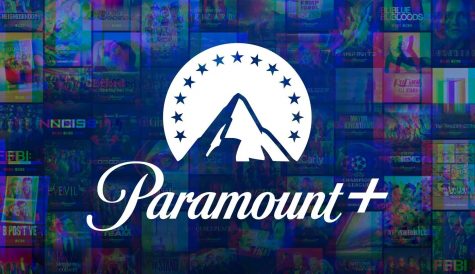
After more than 40 years of operation, DTVE is closing its doors and our website will no longer be updated daily. Thank you for all of your support.
Stephenson reveals AT&T plan for new low-cost skinny bundle service
AT&T CEO Randall Stephenson has revealed that the US telco is to launch a new ‘skinny bundle’ OTT TV offering called AT&T Watch that will be available for US$15 (€12) a month, or free of charge to AT&T wireless subscribers.
Stephenson unexpectedly revealed the telco’s plans for the service while giving evidence in court, where the company is engaged in a legal battle with the US Department of Justice (DoJ) over its planned acquisition of Time Warner.
Giving evidence in court, Stephenson cited AT&T’s plan for Watch as an example to show that the company’s acquisition of Time Warner would not harm consumers and would not stifle innovation in streaming services, as alleged by the DoJ.
AT&T already offers a low-cost streaming service, DirecTV Now, which debuted in 2016 with a price of US$35 a month.
According to reports of Stephenson’s testimony, mobile-targeted Watch will differ from other skinny bundle offerings in that it will not include sports channels.
While Stephenson’s announcement came as a surprise, pre-trial briefing notes indicated that AT&T was planning such a service and that it would include content form Turner and a small number of popular cable networks.
Stephenson was AT&T’s final defence witness in the trial. The DoJ is attempting to block the company’s US$85 billion merger with Time Warner in a politically freighted case.
Stephenson said that 5G mobile would be transformative and that owning premium content was going to be crucial in making money from the investment.
He refuted allegations that AT&T-Time Warner could stifle competition by collaborating with Comcast or Facebook.
Earlier, Time Warner chief executive Jeffrey Bewkes had told the court that the merger would better enable the combined company to compete with tech giants such as Google and Facebook.
Bewkes said that Time Warner was at a disadvantage in that it did not have direct access to consumers that enabled it to identify their preferences and interests, and that combining with AT&T would deliver that, enabling the pair to better compete with tech giants.



